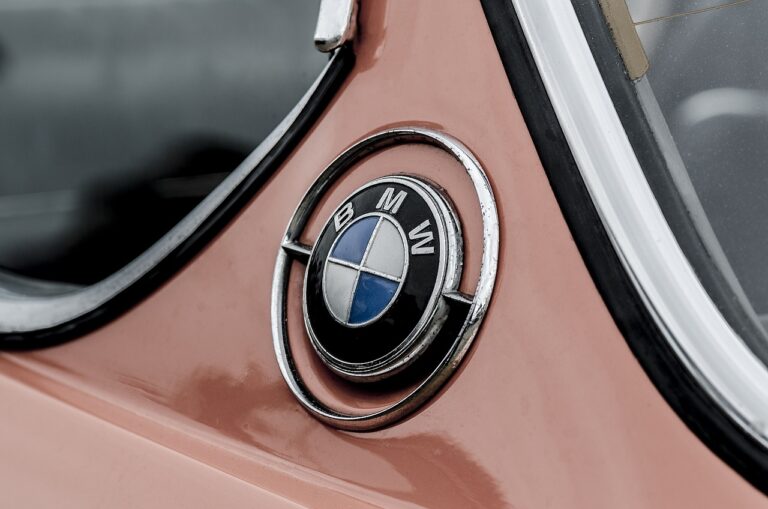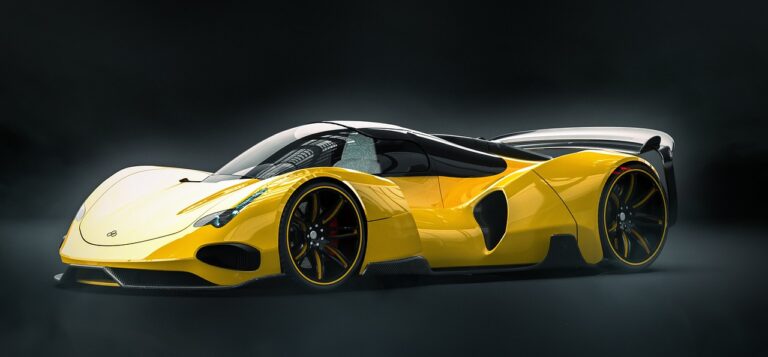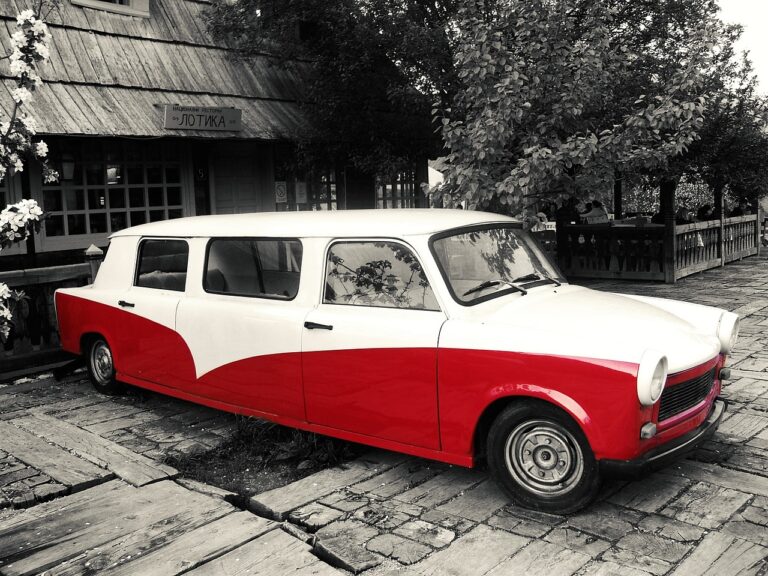Demystifying Self-Driving Car Technology
The idea of autonomous vehicles has been around for decades, with early concepts emerging in the 1920s. However, it wasn’t until the 1980s that the concept started gaining traction, with research and development efforts intensifying in the automotive industry. In the late 1990s and early 2000s, some experimental autonomous vehicles started hitting the roads for testing purposes, marking a significant milestone in the journey towards self-driving cars.
As technology advanced rapidly in the 2010s, companies like Google, Tesla, and Uber made significant strides in developing autonomous vehicle technology. The launch of Google’s self-driving car project in 2009 and Tesla’s Autopilot feature in 2014 brought self-driving cars into the mainstream spotlight. Today, autonomous vehicles are at the forefront of innovation, with more and more companies investing in the research and development of this groundbreaking technology.
How Self-Driving Cars Work
Self-driving cars rely on a complex combination of sensors, cameras, and algorithms to navigate through various environments. These vehicles constantly gather data from their surroundings, including road conditions, traffic signs, and objects around them. By analyzing this data in real-time, self-driving cars can make informed decisions about speed, lane changes, and stopping, mimicking the actions of a human driver.
One key component of how self-driving cars work is the use of lidar sensors, which emit laser beams to detect nearby objects and create detailed 3D maps of the vehicle’s surroundings. Alongside cameras that capture images of the environment, these sensors enable autonomous vehicles to see and react to potential obstacles on the road. The integration of artificial intelligence allows self-driving cars to interpret the data collected by sensors and cameras, making split-second decisions to ensure safe and efficient navigation.
Self-driving cars rely on a complex combination of sensors, cameras, and algorithms to navigate through various environments.
These vehicles constantly gather data from their surroundings, including road conditions, traffic signs, and objects around them.
By analyzing this data in real-time, self-driving cars can make informed decisions about speed, lane changes, and stopping, mimicking the actions of a human driver.
One key component of how self-driving cars work is the use of lidar sensors that emit laser beams to detect nearby objects and create detailed 3D maps of the vehicle’s surroundings.
Cameras capture images of the environment alongside these sensors to enable autonomous vehicles to see and react to potential obstacles on the road.
The integration of artificial intelligence allows self-driving cars to interpret sensor data and make split-second decisions for safe navigation.
Sensors and Cameras in Autonomous Vehicles
Autonomous vehicles rely on a range of advanced technologies to navigate safely without human intervention. Sensors play a crucial role in detecting obstacles, pedestrians, and other vehicles on the road. These sensors collect data in real-time and provide essential information to the vehicle’s onboard computer, allowing it to make decisions quickly and efficiently.
Cameras are also integral components of autonomous vehicles, as they help the vehicle “see” its surroundings. High-resolution cameras capture images that are processed by artificial intelligence algorithms to identify lane markings, traffic signs, and moving objects. By combining information from sensors and cameras, self-driving cars can create a detailed picture of the environment around them, enabling them to drive autonomously with precision and accuracy.
What is the history of autonomous vehicles?
The concept of autonomous vehicles dates back to the 1920s, with the first truly autonomous vehicle being developed in the 1980s.
How do self-driving cars work?
Self-driving cars use a combination of sensors, cameras, and artificial intelligence to navigate roads, detect obstacles, and make decisions in real-time.
What role do sensors and cameras play in autonomous vehicles?
Sensors and cameras are crucial components of autonomous vehicles, as they provide real-time data on the vehicle’s surroundings, allowing it to make informed decisions while driving.
What types of sensors are typically used in autonomous vehicles?
Autonomous vehicles commonly use a variety of sensors, including LiDAR, radar, ultrasonic sensors, and cameras to gather data on their surroundings.
How do cameras contribute to the functionality of autonomous vehicles?
Cameras provide visual data that helps autonomous vehicles detect lane markings, traffic signs, pedestrians, and other vehicles on the road, aiding in safe navigation.







